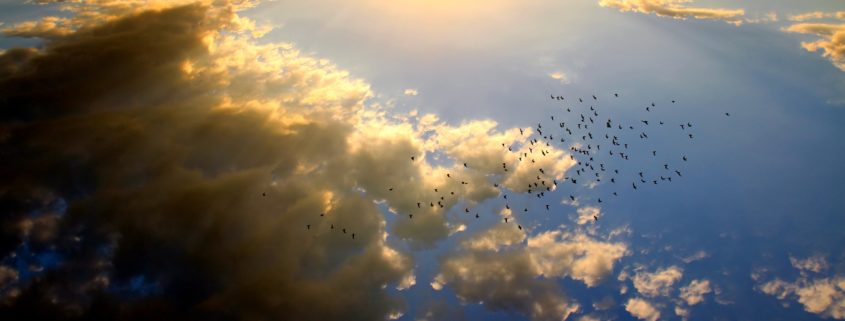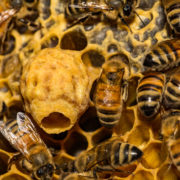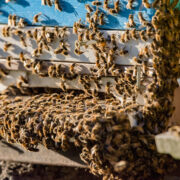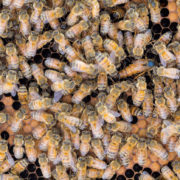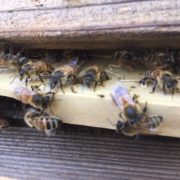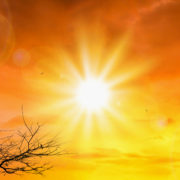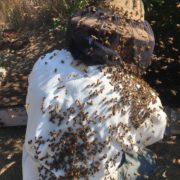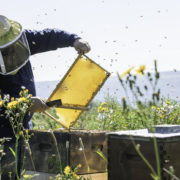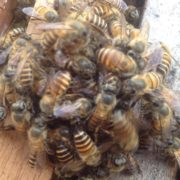Summer Solstice
As the sun reaches its most northerly position relative to the earth, the bees also reach their maximum strength. The summer solstice, which occurs on June 21st, brings the longest day of the year in the northern hemisphere. It also marks a delineation between the two broad seasons in the year of a beehive: the season of expansion and the season of contraction.
During the period prior to the summer solstice, honeybees are generally expanding their population, growing in anticipation of the longer days and the late spring and summer nectar flows. Bees are highly sensitive to the patterns of the sun. Not only is their navigation system based on the daily position of the sun, but they also respond to the lengthening and shortening of days by adjusting their populations accordingly. Their proclivity to expand their populations is, to a large degree, based on the length of daylight.
Within several weeks after the sun reaches its maximum strength, honeybees begin to sense the shortening days. This change roughly marks the transition from the season of expansion to the season of contraction. By mid to late summer, due to the shortening days, most queen bees will have cut back on their brood laying, which will result in the beginning of the seasonal decline in bee populations.

